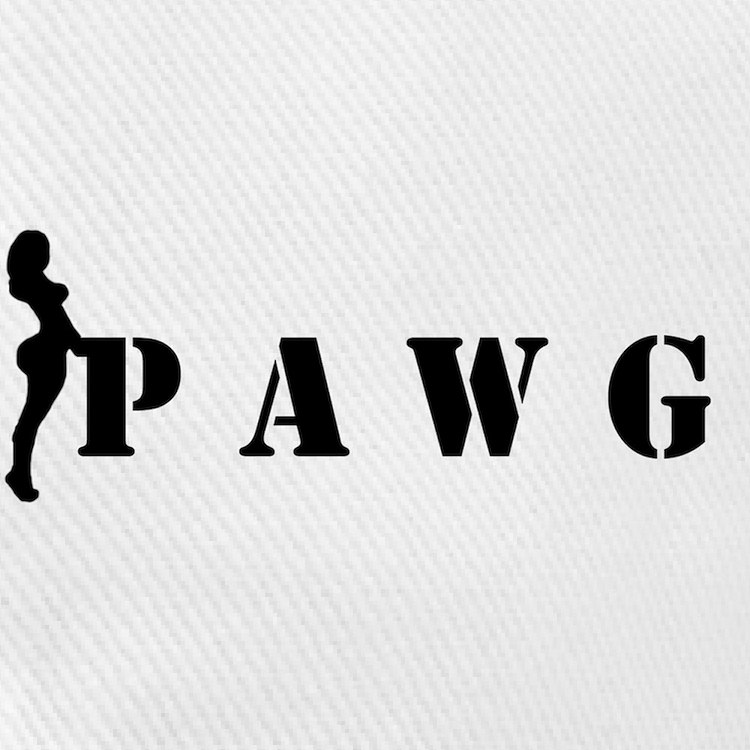In the ever-changing landscape of popular culture, trends and preferences continually evolve, reflecting societal attitudes and norms. One such evolution that has gained prominence in recent years is the acceptance and mainstream recognition of PAWG (Phat Ass White Girl) culture. Once considered taboo and relegated to niche corners of the internet, PAWG has transcended its initial stigma to become a celebrated and inclusive movement. This article explores the journey of PAWG from its origins to its current status as a mainstream phenomenon.
Origins and Early Perception
The term PAWG originated in the early 2000s within online communities that shared adult content. Initially, it was used to describe white women with voluptuous buttocks, often featured in explicit content. The term’s usage was primarily confined to these specific online spaces, and it carried a certain level of taboo due to its explicit nature.
During this early period, the perception of PAWG was closely tied to stereotypes and objectification. Critics argued that it perpetuated harmful beauty standards and reinforced racial and gender biases. The concept of fetishizing specific physical attributes, such as the size of one’s buttocks, raised concerns about body positivity and objectification.
Shifting Paradigms: Empowerment and Body Positivity
As society progressed and conversations around body positivity gained momentum, the narrative surrounding PAWG underwent a transformation. Influencers and advocates began challenging the narrow definitions of beauty that had marginalized certain body types. The PAWG movement started to embrace a more inclusive ethos, emphasizing body acceptance and empowerment.
Social media platforms played a crucial role in this paradigm shift. Instagram, Twitter, and TikTok became spaces where individuals, regardless of their body size or shape, could showcase their confidence and redefine beauty standards. PAWG content creators began using these platforms to share messages of self-love, challenging the stigmas attached to their bodies.
Celebrities and Pop Culture Impact
The mainstreaming of PAWG culture reached a tipping point when celebrities and influencers began openly embracing and celebrating their bodies, contributing to the broader acceptance of diverse physical attributes. Pop icons like Kim Kardashian and Nicki Minaj, known for their curvaceous figures, have played a significant role in challenging traditional beauty norms and amplifying the message of body positivity.
Moreover, the fashion industry started recognizing and incorporating diverse body types, challenging the conventional standards that had prevailed for decades. Major brands began featuring models with fuller figures in their campaigns, signaling a shift towards a more inclusive representation of beauty.
Redefining Beauty Standards
The evolution of PAWG culture has also prompted a broader conversation about redefining beauty standards. The movement encourages individuals to appreciate and celebrate diverse body types, challenging the notion that there is a one-size-fits-all definition of attractiveness.
This shift is not only limited to physical appearance but extends to mental and emotional well-being. The PAWG movement promotes holistic self-love, encouraging individuals to embrace their uniqueness and reject societal pressures that dictate conformity to unrealistic standards.
Challenges and Criticisms
While the mainstreaming of PAWG culture signifies progress in terms of body positivity and inclusivity, challenges and criticisms persist. Some argue that the movement still has a long way to go in terms of dismantling deeply ingrained beauty standards and addressing issues of race and intersectionality.
Critics also point out that the commercialization of body positivity, including the PAWG movement, may lead to a superficial understanding of self-love, with corporations exploiting the trend for profit without genuinely promoting meaningful change.
Conclusion
The evolution of PAWG from a taboo niche to a mainstream movement reflects broader societal shifts towards inclusivity and body positivity. While the movement has made significant strides in challenging conventional beauty standards, there is still work to be done to ensure that these changes are sustainable and genuinely transformative. PAWG’s journey serves as a testament to the power of grassroots movements and the impact of social media in reshaping cultural narratives. As we continue to navigate the complexities of body image and acceptance, the PAWG movement stands as a symbol of progress towards a more inclusive and empowering future.







